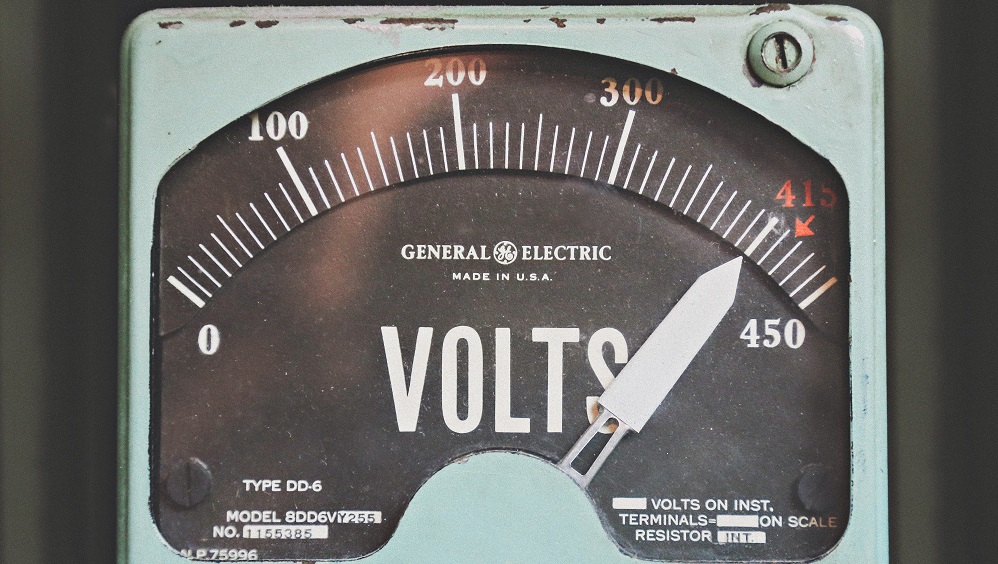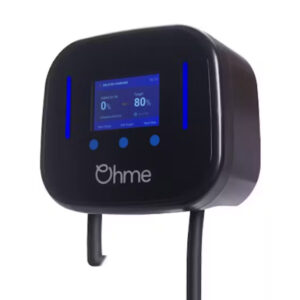Load management is an important subject, as we’re all using more electric appliances…
As home and workplace EV charge point installers, it’s a subject we’ve become specialised in.
You see, home charge points need to be fitted on their own 32Amp fuse, much like an electric cooking hob, electric shower, hot-tub, or sauna.
But charge points are slightly different, because they’re usually operating 8 – 10 hours a day, which puts consistently extra load on your properties main fuse.
Most properties have either a 60, 80 or 100Amp main fuse.
So, imagine if you’re cooking on an electric hob, young Charlie is having an electric shower and the wife is in the hot tub with a glass of prosecco, already that’s a whopping 96Amp being used.
Those with a 60 or 80amp fuse will already have tripped their electricity safety switch, and so will those with an 100amp fuse when the scheduled charge point charging period kicks in.
This is where a load management device can help…
We’ll be honest, not many people will use all these heavy usage appliances at the same time, although just using 2 and then a charge point can cause potential trip out problems.
A load management device can help with this, as it regulates the available power to the charge point, stopping the electricity from tripping out.
An important point. The government insist that charge point installers use load management where there is risk of overloading electricity circuits.
Also, fitting a load management device with your charge point (even if you don’t need one) can help future proof your property, potentially letting you install other electric appliances in the future.
…hopefully, this has helped you understand a little more about load management devices.


